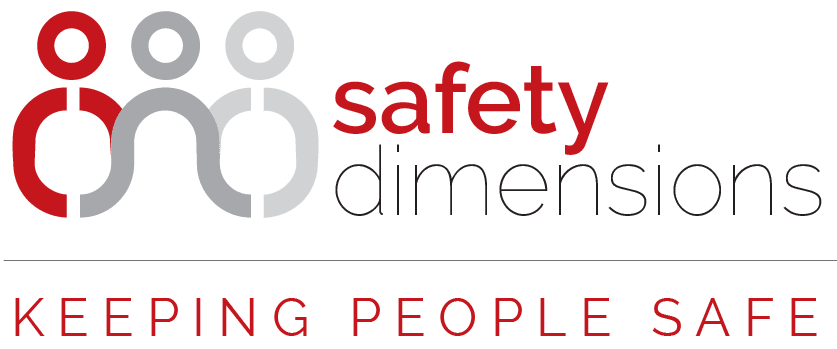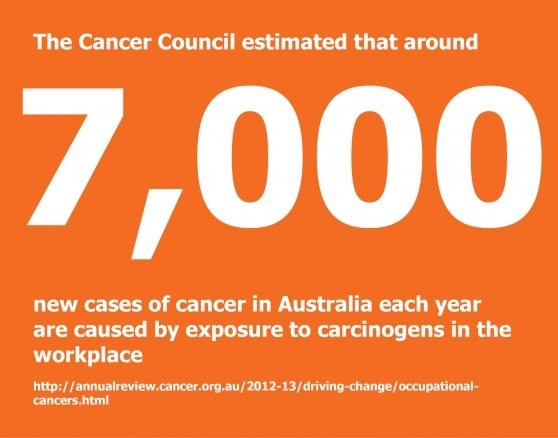
Organisations are increasingly including subcontractors in their internal training, so everyone is aligned under a single Health & Safety framework. Not only is this beneficial for alignment of safety behaviours, but from a WHS compliance perspective, you have a duty of care to everyone who walks on site – and this includes your subcontractors.
Here are 5 things you should do to meet your WHS obligations and make partnering with your subcontractors run smoothly.
1. Know your obligations
Do you know your legal obligations when it comes to your subcontractors?
If you don’t know how can you plan to be compliant?
PCBUs (Persons Conducting Business or Undertaking) must ensure the health and safety of all workers at work in the business or undertaking including those :
- who are engaged or are caused to be engaged by the PCBU – this includes subcontractors.
- whose activities in carrying out work are influenced or directed by the PCBU.
You can check out our video below WHAT AM I ACCOUNTABLE FOR? which covers information about your general obligations.
2. Align subbies with your safety culture
Get your subcontractors involved in your internal safety training. Doing a safety course or have a special safety briefing? Get them involved. Subcontractors can’t meet your standards if they don’t know what your standards are. Training should focus on how to build partnerships with your subcontractors, rather than micro-managing them.
3. Appropriate supervision
Have regular project meetings to address whether your subcontractors’ performance is meeting the project’s safety and quality requirements. Keep a record of the communications and documentation you share with subcontractors so everyone is clear on who needs to do what, when and how.
4. Two-way communication
There should be two way communications between you and your subcontractor. Always be approachable and communicate clearly and succinctly so there’s no room for miscommunication or errors. When the lines of communication are easy and each side knows the expectations, issues can get resolved more quickly and more gets accomplished.
5. Give them feedback
When you need to give your subcontractor feedback, do it in a way that encourages continuous improvement rather than blame, and remediation over retaliation. It’s also important to give positive feedback and acknowledge a job well done.
Want to learn to manage subcontractors?
Our 1-day live and interactive online program via computer or device.
Our program covers the WHS obligations regarding subcontractors and is designed to step through the various stages of effective subcontractor management, including assessing, evaluating safety history, attitudes, performance and reporting.
Subcontractor Management is one of our most popular and requested programs, now available to the public via our live and interactive online format, available from anywhere you can access an internet connection.
Program Format & Cost
This program is a facilitator-led, real-time, interactive training environment via an internet-connected computer or device.
This is not a pre-recorded online program, it is the same experience as our face-to-face programs.
Dates and costs : contact us
More from our blog
Dealing With Stress Programs
Dealing With Stress Programs Stress comes in many forms, sometimes positive and useful for peak performance and sometimes counterproductive when built up over a period of time. Stress shows up as higher absenteeism, higher workcover claims, poor performance, bullying...
Cancers from workplace exposure
The Cancer Council estimated that around 7,000 new cases of cancer in Australia each year are caused by exposure to carcinogens in the workplace. The report estimates that as many as 1.5 million Australian workers, engaged in 51 different industries, may be exposed to...
Staying Cool Under Extreme Heat
As summer temperatures soar around the country, Worksafe Victoria shares some advice about how to prevent heat illness from working outdoors in hot weather or where heat is generated as part of work. With temperatures predicted to reach above 40 degrees Celsius across...



